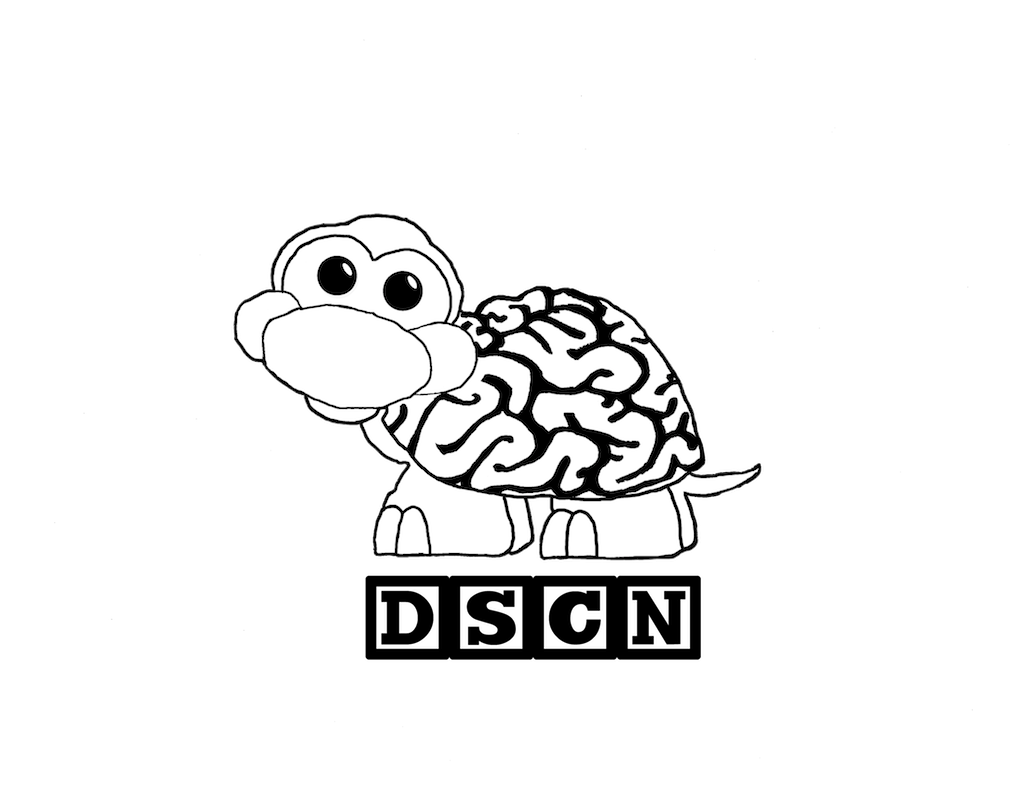Click each paper title to view a PDF.
Alkire, D., McNaughton, K. A., Yarger, H. A., Shariq, D., & Redcay, E. (2022). Theory of mind in naturalistic conversations between autistic and typically developing children and adolescents.
Autism: The International Journal of Research and Practice, 13623613221103700.
web link
